When diving into the world of financial markets, one quickly realizes the importance of understanding various instruments available to investors. Among these, contracts that grant the right—but not the obligation—to buy or sell an asset at a predetermined price stand out as powerful tools. These contracts offer flexibility and hedging capabilities, making them invaluable for both beginners and seasoned traders, especially in areas like binary options.
In my years navigating this landscape, I’ve seen how these contracts can enhance portfolio management by providing opportunities to leverage market movements or safeguard against adverse price shifts. For example, binary option contracts are often used for their simplicity in predicting market directions, making them a popular choice for many. Their strategic use can unlock potential profits while managing risk effectively, something every investor should strive to master.
My name is James Carter, and I’ve been involved in financial markets for over a decade. Together with my team at Apex Trading Group, we’ve accumulated extensive experience in derivatives and structured products. Today, we want to share our insights to help you understand how these instruments work, including the dynamics of binary options trading, and how to use them wisely in your trading journey.
Whether you’re just starting out or looking to refine your approach, grasping the core mechanics behind these contracts is essential. This guide aims to demystify their operation, explain when to use them, and outline practical strategies that can be adapted to different market conditions.
What Are Call and Put Options?
In essence, these contracts give you the ability to control assets without owning them outright. One type grants you the right to purchase the underlying asset at a specific price within a certain timeframe, while the other allows you to sell under similar terms. These rights come at a cost, known as the premium, which reflects factors such as market volatility, time remaining until expiration, and the price relationship between the current market and the contract’s set price.
Understanding these contracts means recognizing their dual role: as speculative tools to bet on price changes and as insurance policies against unfavorable movements. Their versatility makes them applicable in various scenarios—from protecting stock holdings to capitalizing on anticipated trends. To enhance your chances of success, many traders rely on binary options signals, which provide insights into potential market movements, and develop a solid binary options strategy to maximize returns while managing risk.
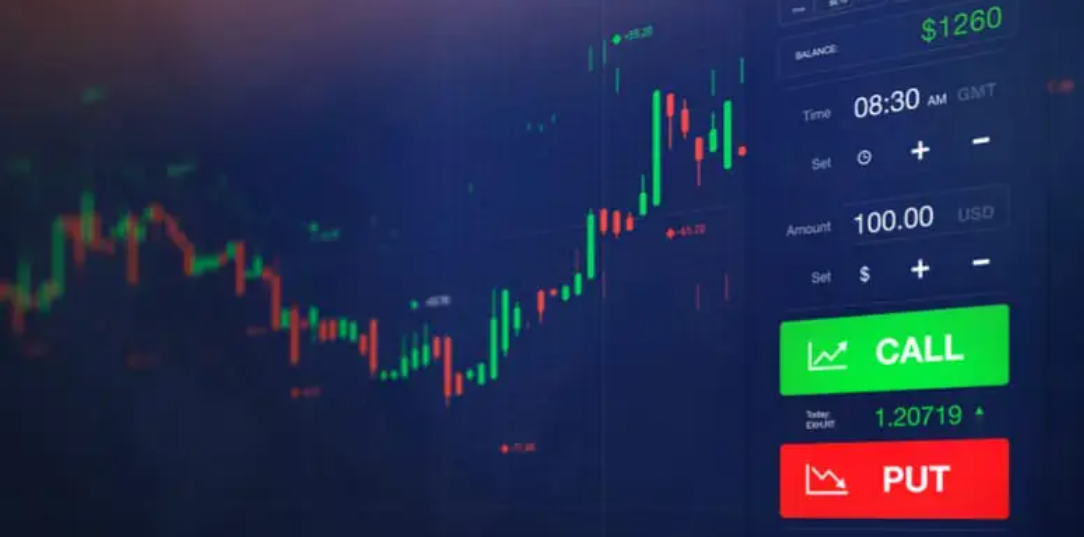
How Call Options Work
Call contracts provide the holder the right to buy an underlying asset at a predetermined price before the contract expires. This means if the market price rises above the agreed strike price, the holder can purchase the asset below market value, thereby realizing a profit after subtracting the premium paid.
For example, if you acquire a call contract with a strike price of $50 and the asset’s market value climbs to $60, exercising the option or selling it can secure the $10 difference per unit, minus the initial cost. Conversely, if the price remains below the strike price, the option may expire worthless, limiting losses to the premium.
To enhance success in binary options trading strategy, traders often incorporate various technical and fundamental analysis techniques. Trading binary options can also benefit from precise timing and understanding market signals to increase the likelihood of profitable outcomes.
When to Use Call Options
Calls are particularly useful when anticipating upward price movement. Investors use them to gain exposure to potential gains without committing large amounts of capital upfront. They can also serve as a way to hedge short positions or to enter markets with limited risk.
How Put Options Work
Put contracts, on the other hand, give the holder the right to sell the underlying asset at a set price before expiration. This mechanism is valuable when expecting a decline in the asset’s market price, allowing the holder to sell above market value and thus protect or profit from a downturn.
Suppose you own a call option with a strike price of $40, and the market price falls to $30. Exercising the option or selling the contract enables capturing the $10 difference per unit minus the premium cost. If the market price remains above the strike price, the put may expire worthless, with losses limited to the premium. A call put option strategy could also be applied in some scenarios to manage risk across different price movements.
When to Use Put Options
Puts are essential in bearish scenarios, offering a way to hedge existing long positions or speculate on price drops. They provide a form of financial protection and can help manage portfolio risk during market volatility.
Differences Between Call and Put Options
While both types share structural similarities, their purposes and outcomes differ fundamentally. Call option vs put option highlights the core difference: calls focus on profiting from or protecting against price increases, whereas puts serve the opposite. Their payoff profiles are mirror images, and understanding this dichotomy is key to deploying them effectively.
Additionally, the strategies involving these contracts vary based on market expectations, risk tolerance, and investment goals. Recognizing when to buy or sell each type helps traders navigate complex market environments with precision. This understanding of put option vs call option dynamics is crucial for making informed decisions in trading strategies.
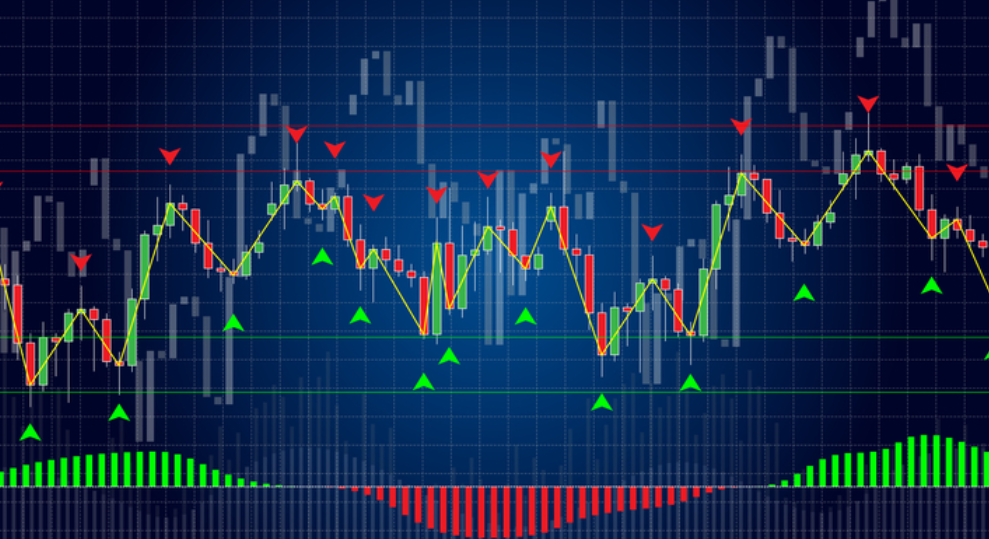
How Strike Price Affects Call and Put Options
The strike price represents the fixed price at which the underlying asset can be bought or sold. Its relationship with the current market price determines the option’s intrinsic value. Contracts “in the money” have favorable strike prices relative to the market, while those “out of the money” do not.
For call contracts, the strike price below the market price implies value, while for put contracts, the strike price above the market price signifies worth. The difference between the strike and market price is a critical factor influencing the option’s premium and likelihood of profitable exercise.
Expiry Time and Its Impact on Options Trading
The expiration date marks the final day the contract holder can exercise their rights. Time decay—the reduction of an option’s value as expiration approaches—is a vital concept affecting the premium. Longer durations generally command higher premiums due to increased uncertainty and opportunity.
Options nearing expiration lose value more rapidly if the underlying asset does not move favorably, emphasizing the importance of timing in trading decisions. Understanding how expiry influences pricing helps traders plan entries and exits more strategically.
Strategies Using Call and Put Options
There are multiple approaches to utilizing these contracts, from straightforward purchasing to more complex selling techniques. Each carries distinct risk profiles and potential rewards.
Buying Calls and Puts
Purchasing contracts allows traders to leverage price movements with limited downside risk—the premium paid. Buyers anticipate favorable market moves and aim to capitalize on them, making it a common choice for directional speculation.
Selling Calls and Puts
Selling contracts generates immediate income from premiums but carries higher risk, as sellers are obligated if the contract is exercised. This approach suits experienced traders willing to manage potential losses in exchange for premium collection.

How to Read Call and Put Option Charts
Interpreting visual data for these contracts involves analyzing premium trends, strike price relationships, and volume indicators. Charts often display changes in value relative to the underlying asset’s price, time decay, and implied volatility.
Recognizing patterns can inform entry and exit points, helping traders time their moves effectively. Monitoring open interest and liquidity also assists in selecting contracts with favorable conditions.
FAQ
Understanding these contracts can be challenging, but mastering their fundamentals is crucial for success. Common questions revolve around their differences, trading without owning assets, and the influence of expiration time on value. Below, I address some of these to clarify key concepts.
What is the main difference between call and put options?
The primary distinction lies in the rights they confer: one allows buying the asset at a fixed price, the other allows selling it. Calls benefit from upward price movements, puts from downward movements.
Can I trade call and put options without owning the underlying asset?
Yes, these contracts can be traded independently, enabling speculation on price changes without holding the actual asset. This feature offers flexibility but also requires understanding the associated risks.
How does expiry time influence the value of call and put options?
Expiry time affects how much time value the option holds. Longer times until expiration typically increase the premium due to greater uncertainty, while approaching expiration leads to time decay, reducing the option’s worth if prices do not move favorably.
Read also about:

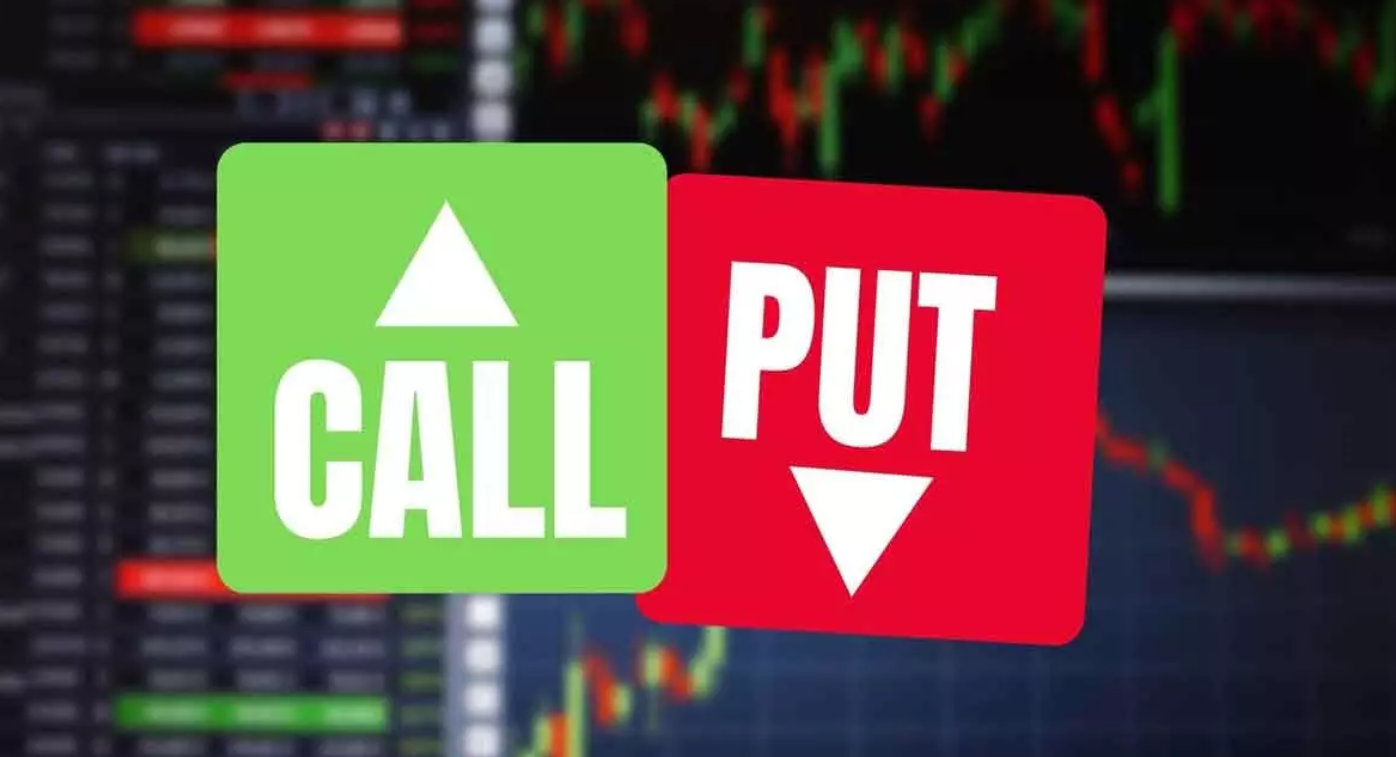









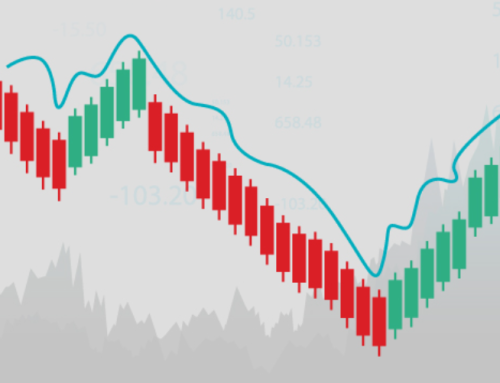
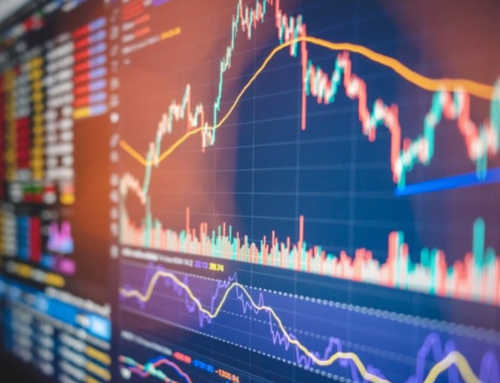
Leave A Comment